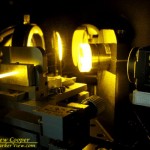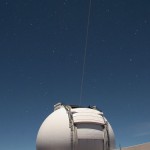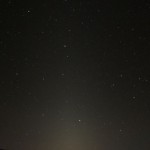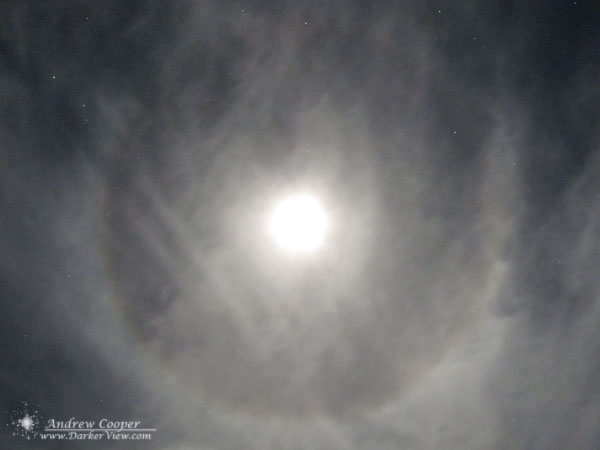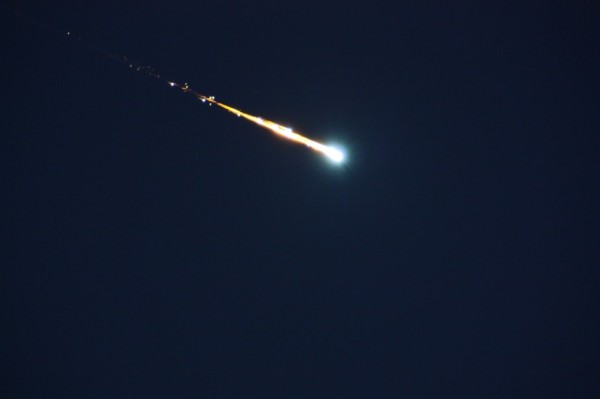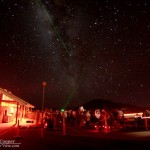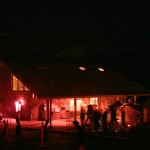I mentioned in another recent post that astrophotography is an art of details. Dozens of little issues must be dealt with, failure to properly address even one item, and hours of work can be lost. Each technical issue must be understood, and a solution found through technique and experience.
The saving grace of modern astrophotography is that once all the equipment has been set up and the details under control, the process becomes automatic. The computer, telescope mount, and camera operating for long periods of time, often hours, with no human intervention. One of the critical functions to long exposure photography is an autoguider, a small, automated secondary camera that keeps the telescope and mount pointed at exactly the same point in the sky for the entire exposure.
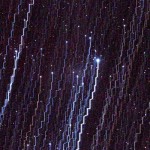
The first hint of trouble was the display on the autoguider. I did not see this until I went to stop the series of exposures I had hoped was complete. The guider was displaying large guide errors each cycle, where I should see zeros, or at least small numbers, it had E’s, a bad sign with the venerable ST-4 autoguider.
Hoping for the best, but fearing the worst, I rolled the ‘scope back into the garage and setup the camera to take calibration frames. I would discover the truth later, after I got a few hours of sleep.
When I downloaded the memory card the extent of the problem becomes apparent. Much of the last sequence of photos is ruined. The guider clearly lost the star somewhere into the third exposure, reason unknown. What resulted was twelve exposures with ziz-zag star trails across them, well over an hour and a half of wasted exposure time.
All of the evening’s early exposures were fine, only the last sequence was ruined. Thus, the evening was not a total loss, and I do have some new material to process. Now to figure out what went wrong with the autoguider, probably just some small detail I missed.

